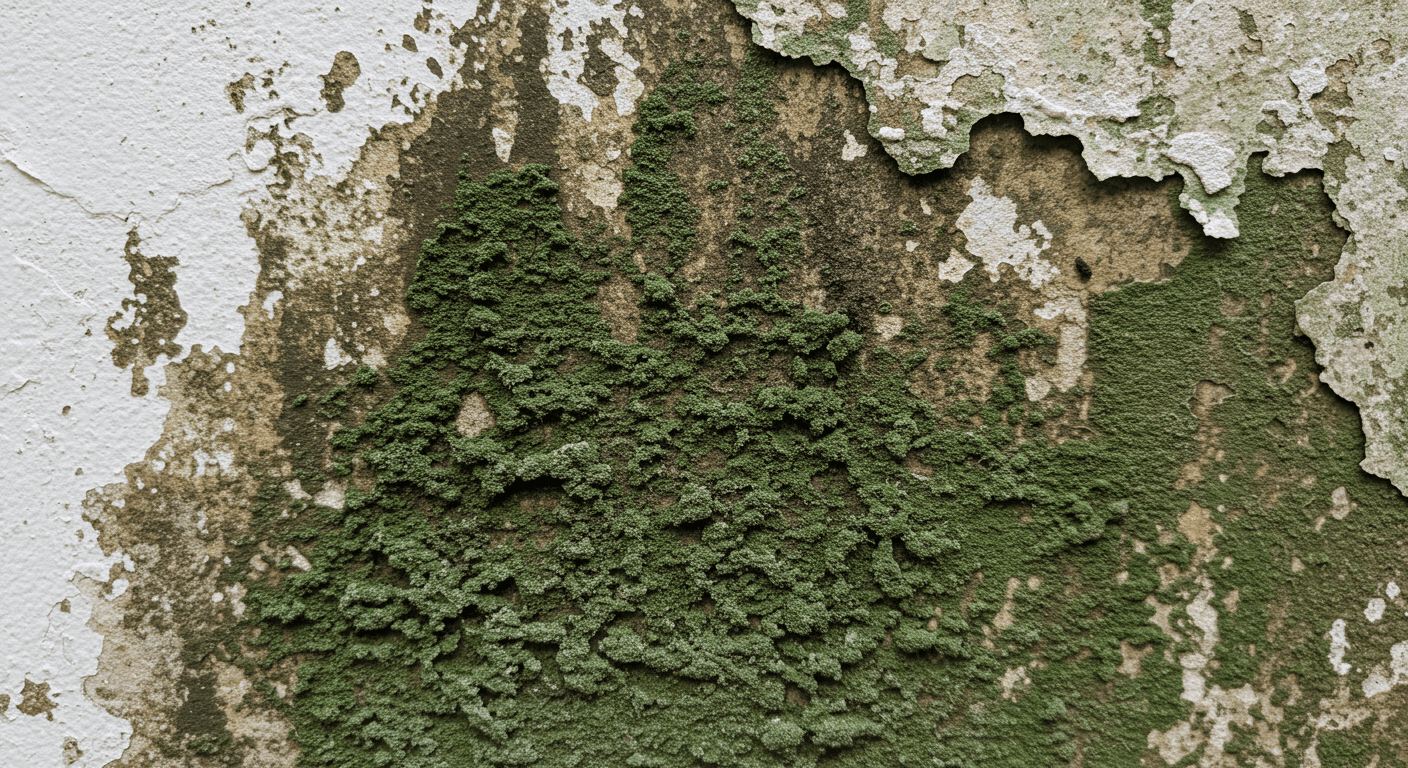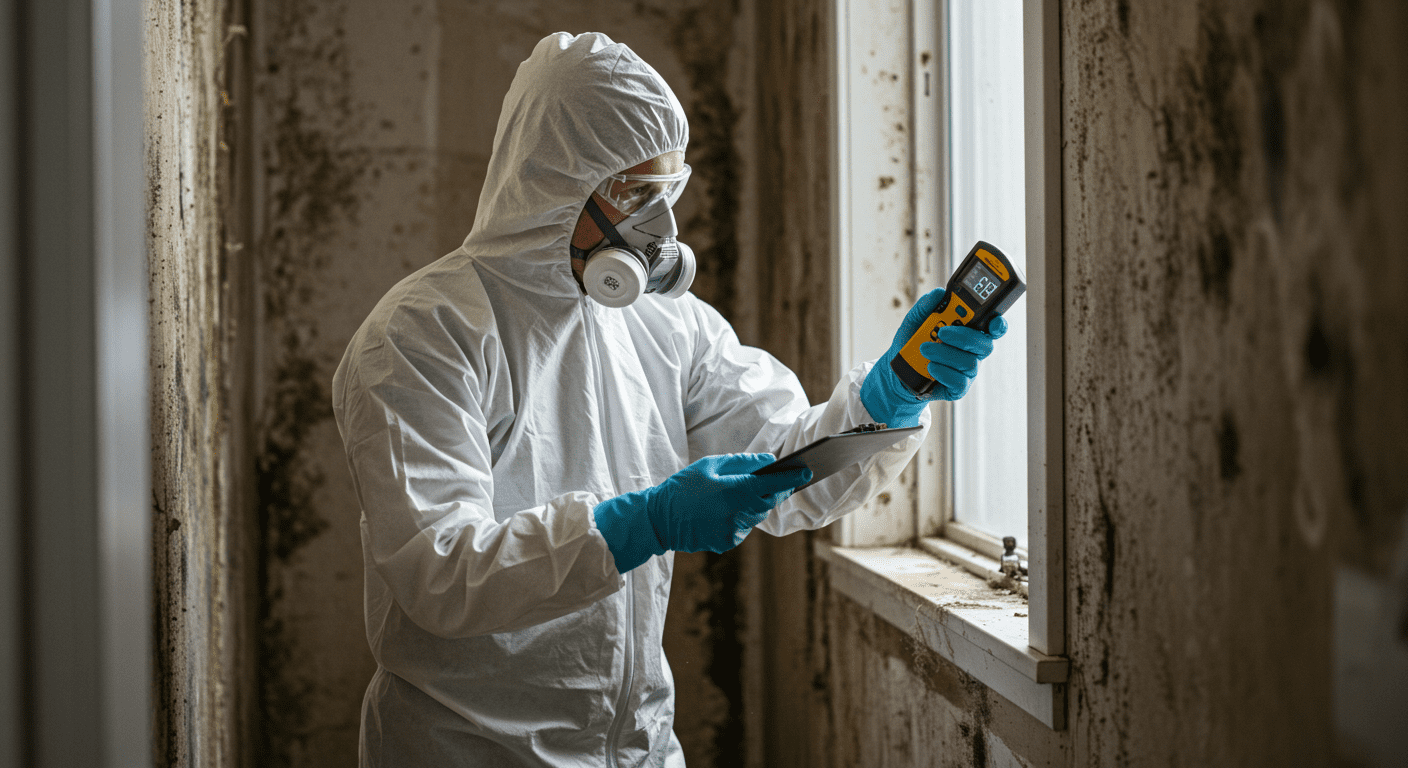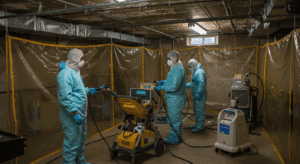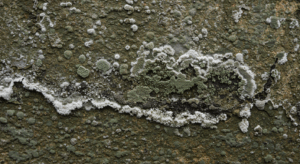Green mold is a common yet potentially hazardous issue for homeowners in Newark, NJ, especially following water damage. This guide dives into the risks, causes, and solutions for green mold, offering practical advice to protect your home and health. Whether you’re dealing with existing mold or aiming to prevent it, this article provides the insights you need.
Understanding Green Mold and Its Risks
What is Green Mold?
Green mold refers to a group of fungi species that appear green due to their spores. Common types include Aspergillus, Cladosporium, and Penicillium. These molds thrive in damp, humid environments, making water-damaged areas in homes a prime breeding ground. Green mold is not just an aesthetic issue; it can weaken structural materials and spread quickly if left untreated.
Health Risks Associated with Green Mold Exposure
Exposure to green mold can lead to various health problems, particularly for individuals with allergies, asthma, or weakened immune systems. Symptoms may include respiratory issues, skin irritation, and sinus infections. Prolonged exposure can exacerbate these conditions, making it crucial to address mold growth promptly. For more details on mold-related health risks, explore this comprehensive guide.
Causes of Green Mold Growth in Newark Homes
Common Sources of Water Damage
Water damage is the primary cause of green mold growth. Common culprits include leaking roofs, burst pipes, and flooding. Even minor issues like condensation from poorly insulated windows can create the damp conditions mold needs to thrive. Newark’s older housing stock often has plumbing and roofing issues that exacerbate the problem.
Environmental Factors Contributing to Mold Growth
Newark’s humid climate, especially during the summer months, creates an ideal environment for mold. Poor ventilation in basements, bathrooms, and attics further contributes to moisture buildup. Additionally, heavy rains and storms can lead to flooding, increasing the risk of water damage and subsequent mold growth. For tips on preventing mold growth, check out this expert advice.
Professional Mold Remediation Services in Newark, NJ
Overview of Mold Remediation Processes
Mold remediation involves identifying, containing, and removing mold from affected areas. Professionals use advanced techniques like HEPA vacuuming, antimicrobial treatments, and air scrubbers to eliminate mold and prevent recurrence. The process also includes addressing the root cause of moisture to ensure long-term results.
Choosing the Right Mold Remediation Company
Selecting a reliable mold remediation company is crucial for effective treatment. Look for certified professionals with experience in handling green mold. Check reviews, ask for references, and ensure they follow industry standards. Local companies in Newark are familiar with the area’s specific challenges, making them a better choice. Learn more about professional services in nearby areas like Elizabeth, NJ.
Preventing Green Mold After Water Damage
Tips for Homeowners to Prevent Mold Growth
Preventing mold starts with addressing moisture issues. Here are some practical tips:
- Fix leaks and repair water damage promptly.
- Use dehumidifiers to maintain indoor humidity below 50%.
- Ensure proper ventilation in bathrooms, kitchens, and basements.
- Clean and dry wet areas within 24-48 hours to prevent mold growth.
Importance of Regular Inspections and Maintenance
Routine inspections can help identify potential problem areas before they escalate. Check for signs of water damage, such as discoloration, peeling paint, or musty odors. Regular maintenance of plumbing, roofing, and HVAC systems can also reduce the risk of mold. For a detailed guide on cleaning mold after water damage, visit this resource.

Green mold from water damage is a significant concern for Newark homeowners, but it can be managed effectively with the right knowledge and actions. By understanding its risks, addressing the causes, and seeking professional help when needed, you can protect your home and health. Don’t wait—take proactive steps today to prevent green mold and ensure a safe living environment.



